We’re about 2 months into the new year, and perhaps one of your New Years Resolutions this year was to learn how to ride a motorcycle, but you’re not sure where to start. If you’re wondering, “what are some tips or advice for a new motorcycle rider?”, this blog is for you!
We asked our team what some of their top tips were for motorcycle newbies. Oddly enough, we had many crossover tips even from some of our most experienced riders. Here are our top 10 tips:
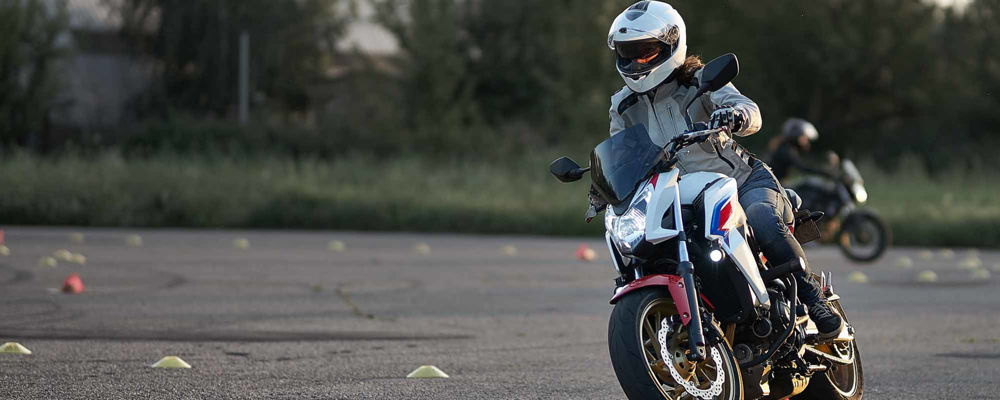
1. Take a Motorcycle Course
Learn how to ride a motorcycle safely by taking a motorcycle riding course. This was the most recommended tip from our team. If you are in the state of Ohio, you can find classes on the Motorcycle Ohio website, otherwise, you can do a quick google search for your state. Ohio offers a course that teaches basic riding skills as well as a course for returning riders. The basic riding skills class will teach you all you need to know about riding laws in your state, as well as the ins and outs of a motorcycle. Many beginner classes will also allow you to take your test at the end of the course, so you can be a licensed rider by the time you are done!
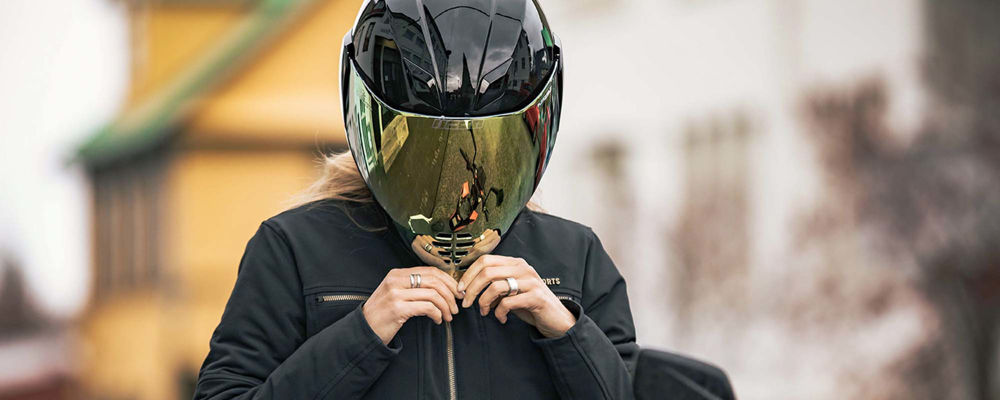
2. Always Wear Safety Gear
Your gear could quite literally save your life! The essentials you will need are a DOT-approved motorcycle helmet, jacket, riding shoes, and gloves.
While there are many styles of helmets available for motorcyclists, we would recommend a full-face helmet with a full drop-down shield. Remember, the typical lifespan of a helmet is 5 years unless the helmet has had any kind of an impact. We cover that in a bit more depth in our guide to buying a new helmet blog.
Motorcycle jackets come in a variety of styles, colors, and materials. Most importantly, make sure that the jacket you choose has protection for your elbows, back, chest, waist, and shoulders.
Your footwear should have good traction on the soles, and be sure to tighten up and secure any laces, as they can get caught if they are loose or come untied. And absolutely DO NOT wear any sort of sandals!
Motorcycle riding gloves should have a good grip and protect your palms and knuckles. There are a variety of styles you can choose from, particularly for the wide range of weather you could encounter (like vented gloves during the summer or insulated or heated gloves when it’s colder).
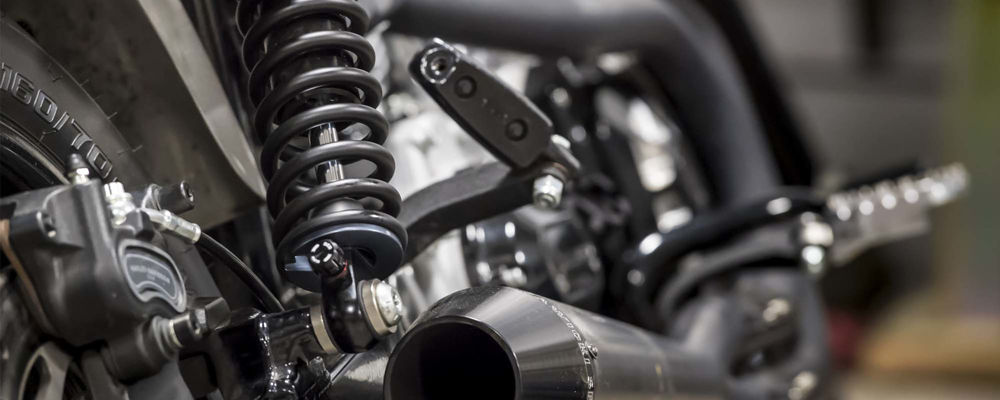
3. Do a Pre-Ride Inspection
Always be sure to do a quick visual inspection before getting on your motorcycle. You’ll want to check for any corrosion, rubber wearing, rust, or anything loose. Make sure to check your chain and belt, and look for any oil or fluids that could be leaking anywhere on your bike. If anything seems off, it’s better to be safe than sorry, and get it fixed before riding! Once you are seated on your bike, adjust your mirrors, so you have a clear view of what is around you.
If you are taking your ride out for the first time, or if it’s been sitting for a while, you will want to check a few more things before heading out. Read through our blog about prepping your bike for spring; many of the things on this list are applicable to your first ride on your motorcycle.
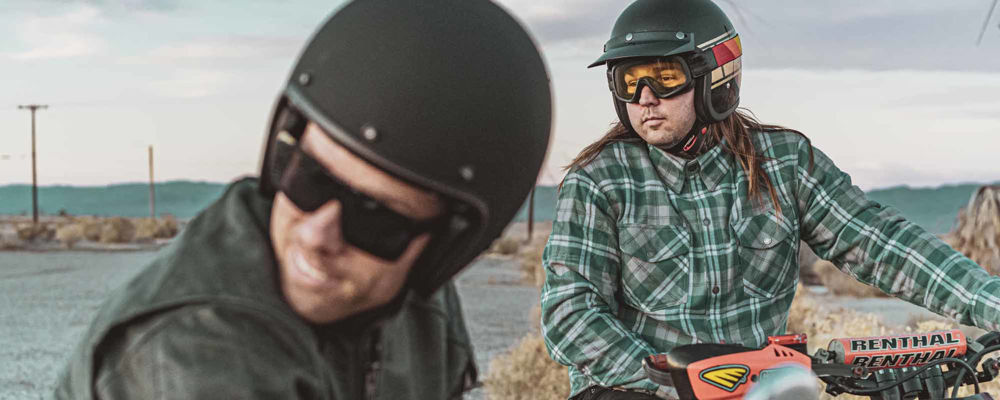
4. Know the Law
Know the motorcycle laws in your state, or any other state that you’ll be riding in, before heading out. Different states have different requirements for motorcyclists. One of the most common topics that can vary from state to state are helmet laws. Some require all motorists to wear a DOT-certified helmet, some require helmets only for certain ages, and some do not require a helmet at all. Additionally, eye protection is required in some states, while in other states, there are no requirements. Depending on the state you are riding in, at least one mirror is required. So make sure not to skip this step, especially if you are taking a motorcycle road trip.
Speaking of motorcycle road trips, if you’re curious about what you should pack, read our blog with our must-have road trip pack list.
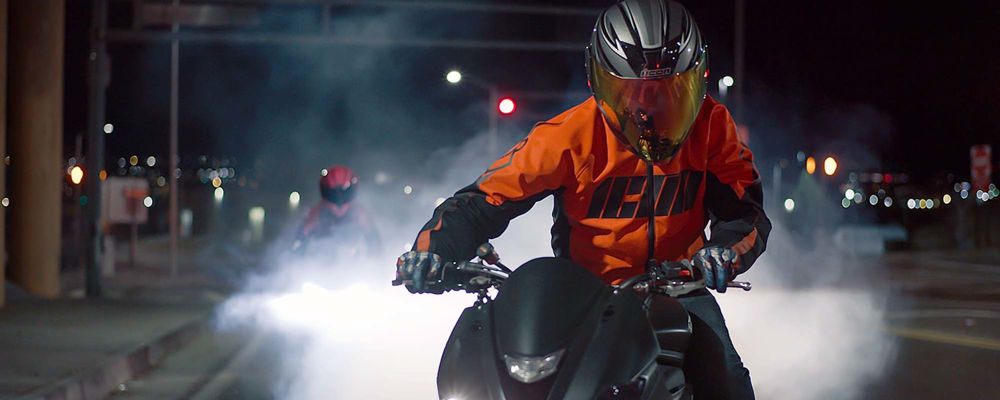
5. Make sure you are easily Visible
Staying visible is one of the most important things while riding, as it can prevent an accident. Wearing bright colors, using your headlight (during the day and at night), and adding reflective strips can help ensure other motorists see you. If you would like to read more in-depth about this topic, check out our blog about our top ways to increase motorcycle visibility.
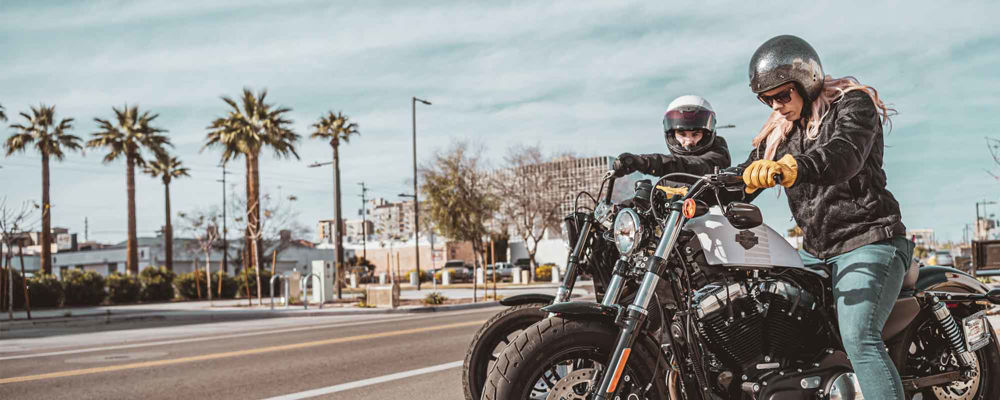
6. Ride at your own Pace
When you’re first starting out riding, it’s necessary to go at your own pace. There’s not a trophy for going faster than you feel comfortable going, so don’t feel like you need to hit highway speeds your first time out. Map out a way to get where you’re going, so you’re comfortable with the speed limit. And if you decide to ride with a buddy, go with someone who will go at your pace with you rather than push you to keep up with them. As Ben (one of our Customer Care Reps) says, “no one becomes Peter Fonda overnight.”
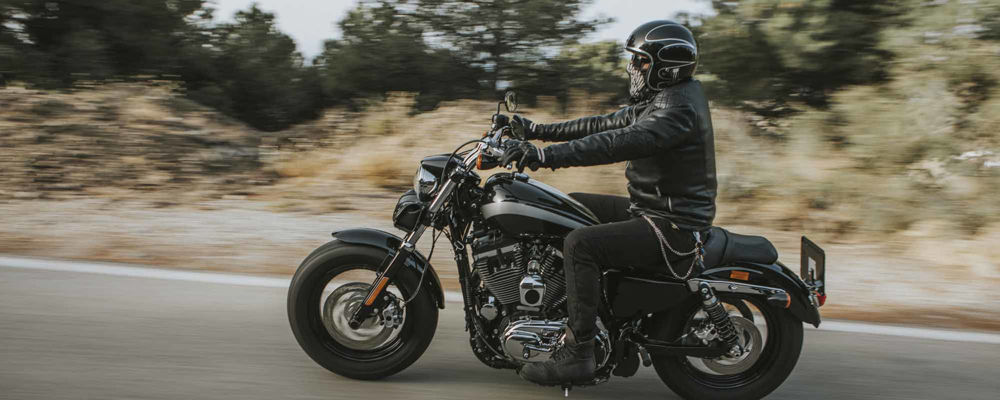
7. Look where you want to go
This is a ‘trick’ you’ll learn when you take your riding course, but it really does work! If you look into the distance, you’ll keep going that way, rather than focusing on the ground straight in front of you. Keeping your focus on what is ahead of you will also open your peripherals to observe what is around you as well. Then, you can be on the lookout for things like potholes, sand or loose gravel, small animals or children or pedestrians, tree branches, something falling off the full truck in front of you, etc. and thinking ahead about what you will do if something happens will allow you to anticipate where to steer your bike.

8. Always be Alert
This tip and the previous tip go hand in hand, as being alert is a huge part of staying safe on your motorcycle. Always be ready for sudden lane changes, swerves, or sudden braking from vehicles around you. Keeping your eyes forward, as we have mentioned, and constantly scanning the road will allow you to recognize potential hazards before you come up on them.
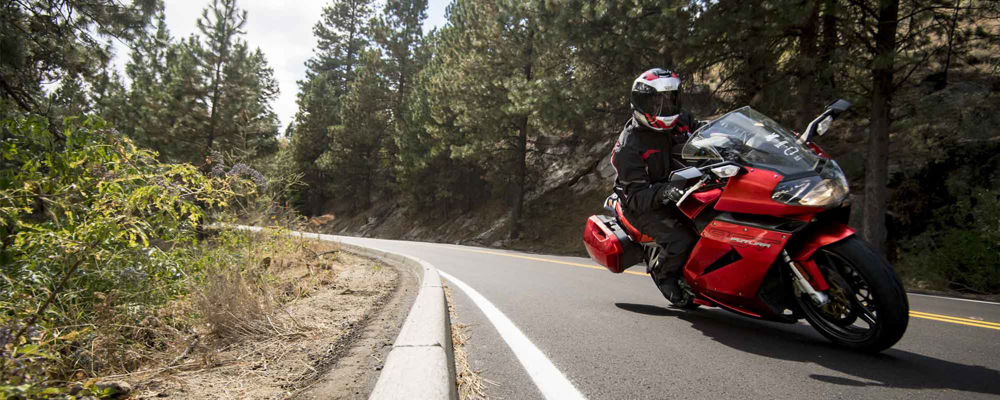
9. Adjust your Speed Before Entering into a Corner.
A simple phrase to remember when coming into a corner is “Slow In, Fast Out”. If you come into a corner too hot, you might have to make several quick adjustments to stay upright on your bike. If you ease up on the throttle a bit coming into a corner, you’re sure to have more control before putting any lean into your bike, and you can always accelerate coming back out of it.
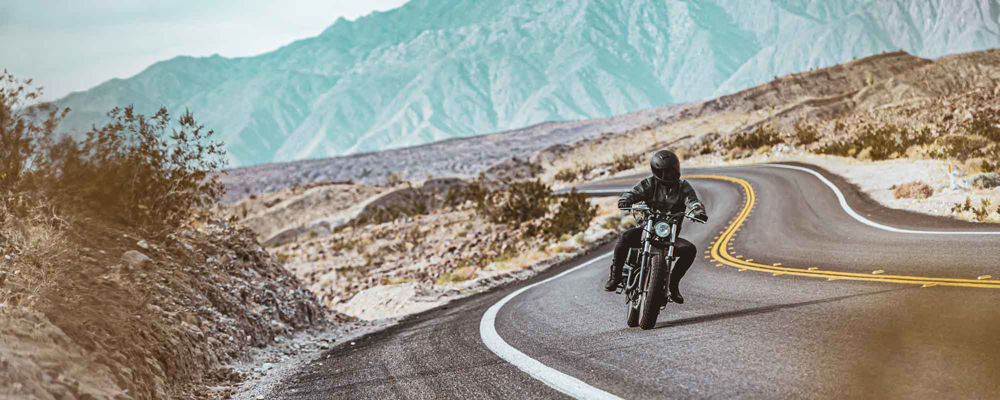
10. “Don’t be afraid, but have fear”
It is important to understand the risks of riding, as the stakes are much higher than when you are driving a car. Ride more defensively than you drive. While this may sound a bit excessive, you should be imagining that everything and everyone could hit you at any moment. What may cause some damage to your car could completely total your bike and could seriously injure or even kill you. That being said, a confident rider is much safer than a rider who is afraid. “Don’t be afraid, but have fear” is a mantra that our own Reda (our Customer Care Manager) always keeps in mind while riding.
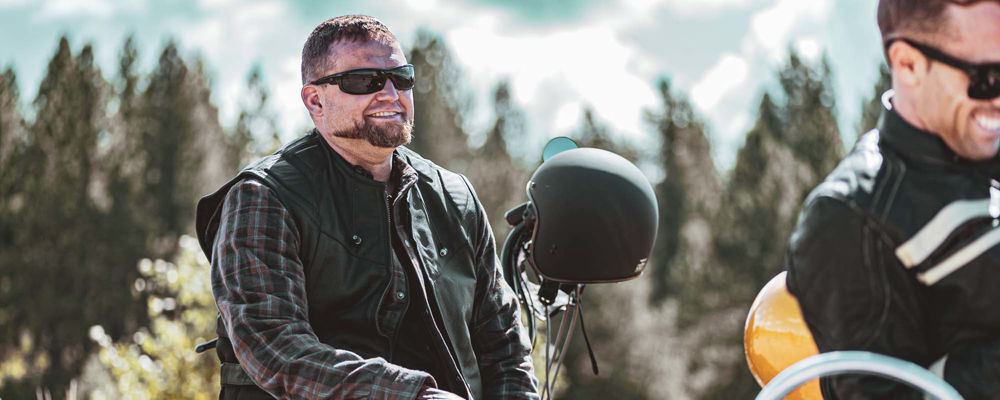
Bonus Tip: Have Fun!
If you’re not having fun, you’re doing something wrong!
In addition to top tips for newbie riders, we will often get asked...
What is the best beginner motorcycle?
While we do have some great recommendations, truthfully, there’s not really a single answer that works for everyone. It will depend on a lot of things like your budget, how mechanically handy you are (or if you’re prepared to do repairs if you’re buying a used bike), how big of a bike you want, which kind of bike you want (sportbike, cruiser, touring, etc.), among other things. But here are a quick few that came to mind when we asked our team:
Kawasaki Ninja 125 or Z125
Honda Rebel CMX250C
Honda Grom
Honda Navi
We hope these tips and bike recommendations help anyone out there who plans to join the huge community of riders out there! Ride on!

